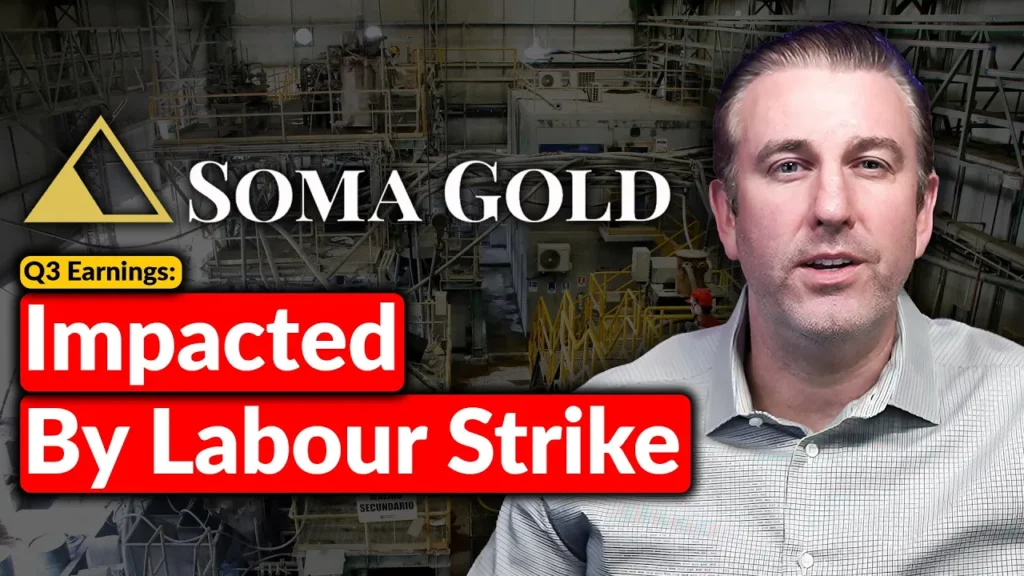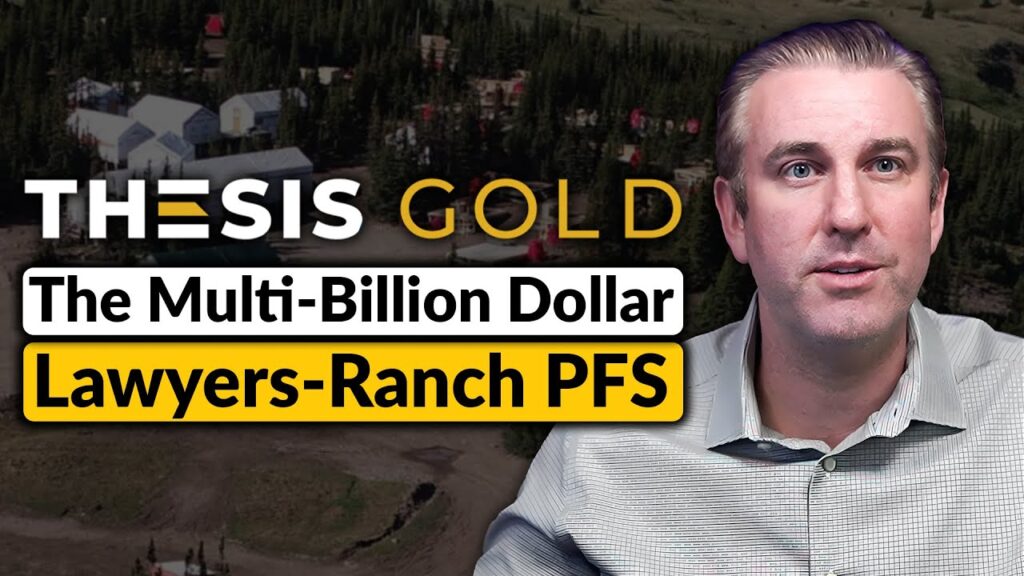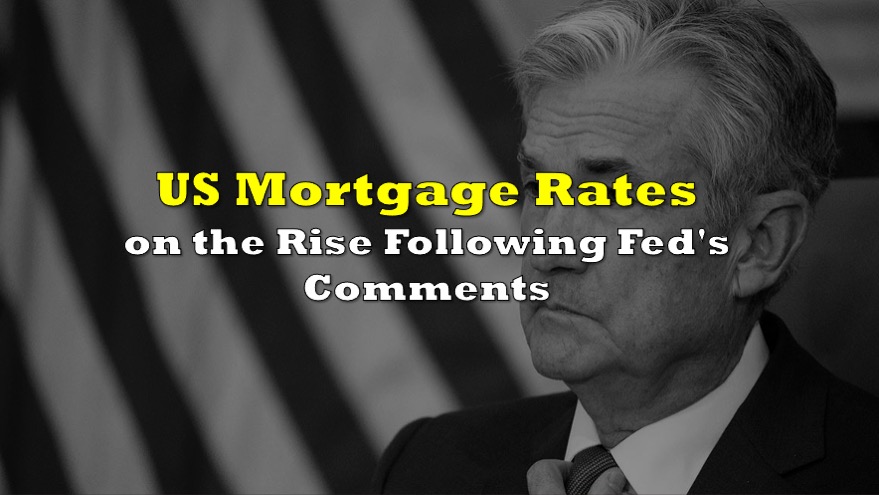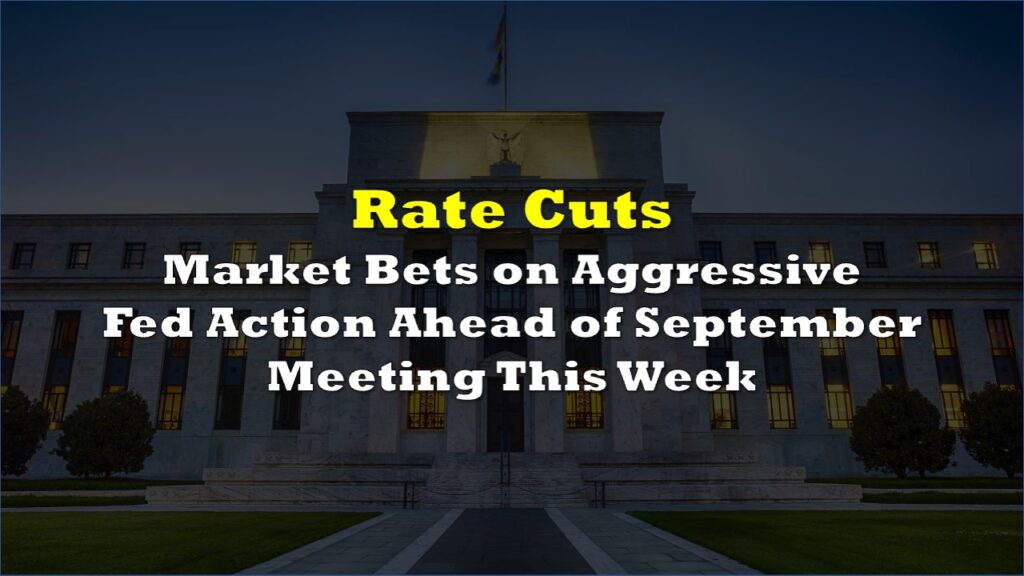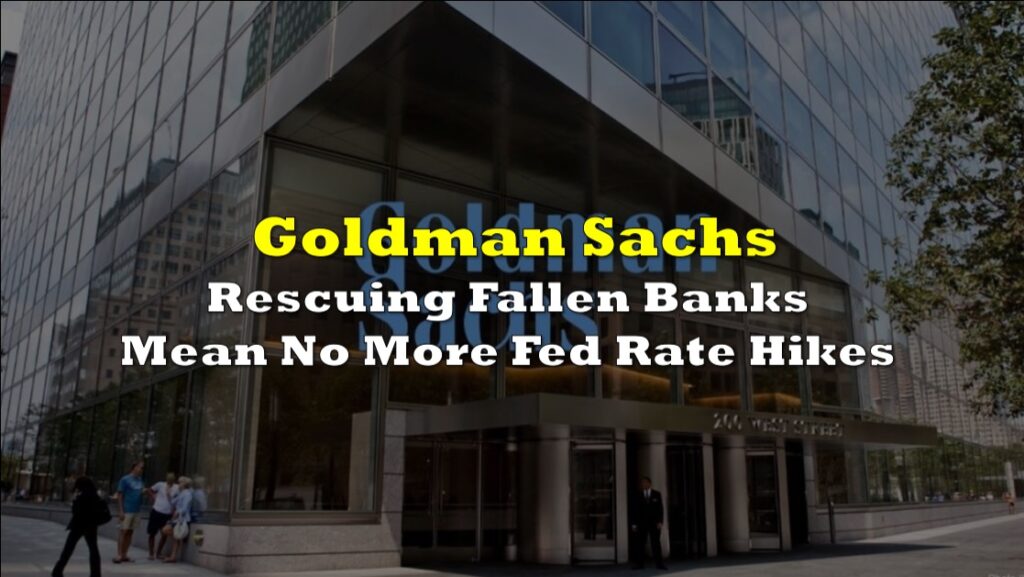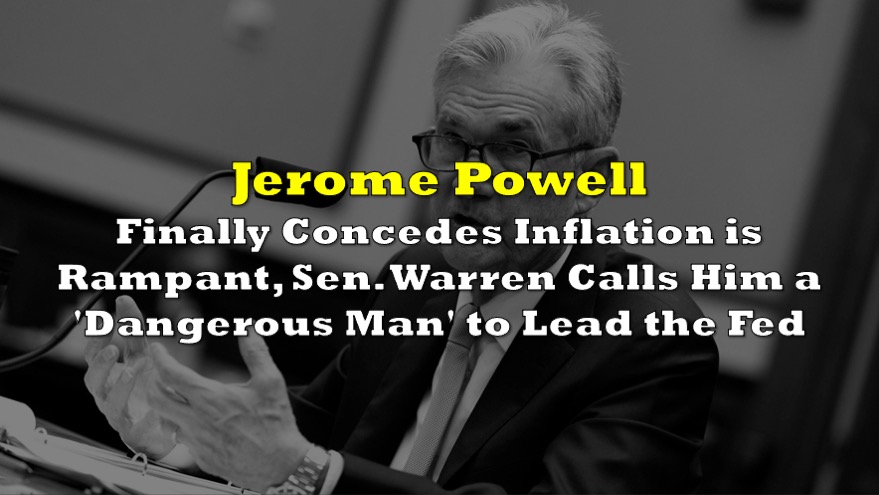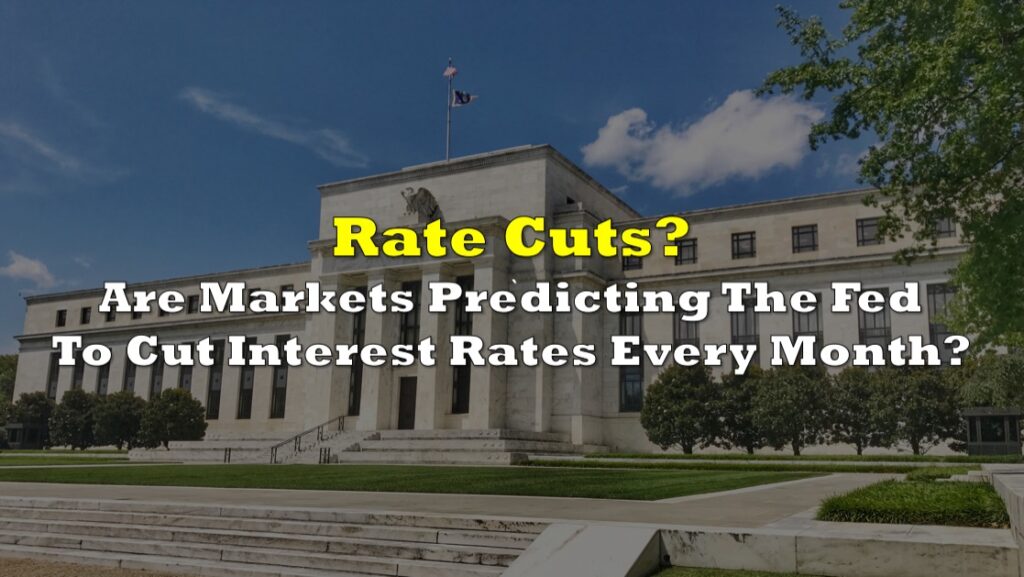Since the coronavirus pandemic began, the Federal Reserve along with the US government unleashed a torrent of liquidity into the economy in a desperate attempt to prompt some form spending amid staggering unemployment levels and soaring coronavirus infections. However, eight months into the pandemic, the US economy is still in the same deep rut, with only a mere change in unemployment levels and a third wave of infections incoming on the horizon.
Now that the Fed has filled the economy with unconscionable amounts of dollars, it is time for the second step of the recovery process: reaching the corresponding inflation target. However, this step appears to be near-impossible to achieve, given that the Fed does not have any plans to hike interest rates. As a result, instead of the economy now entering an inflationary period, it is going backwards and simply creating more deflation. This move has certainly sparked a growing range of criticism among the financial community, as now the recovery process is taking one step forward and two steps back.
The more the Fed pushes to encourage inflation, the more saving occurs instead as a result. In fact, just between the months of April and July, Americans hoarded an astonishing $12.5 trillion which in other words translates to every recipient saving the $600 benefit top-tup for a duration of 13.5 months! In other words, the more the Fed tries to fix the recession via QE and near-zero interest rates, the bigger the asset price bubble will grow.
Eight months into the pandemic later, the Fed is beginning to realize its stimulus route has effectively failed, as unemployment numbers are still astoundingly high and the greater economy is still laying in crumbles. Now the blame has fallen on the monetary policy system itself, and how it failed to trickle down stimulus to the bottom tier of the consumer level, which also happens to be the most important tier in terms of boosting spending in the economy. Instead, a good portion of the CARES Act ended up as corporate bailouts in the form of PPP loans, mainstreet lending programs, and ETF purchases, among others.

Although the Fed and the Treasury launched the emergency $600 per-week in top-up benefits which expired at the end of July, the US economy and its consumers have yet to recover which inadvertently put the government into brainstorming overdrive to determine what it should do next. Indeed, it did not take long for an idea to emerge, as Cleveland Fed president Loretta Mester outlined in her speech to the Chicago Payment Symposium:
“the experience with pandemic emergency payments has brought forward an idea that was already gaining increased attention at central banks around the world, that is, central bank digital currency (CBDC).”
In short, the coming-of-age proposal would see that every American will have an account with the Fed, into which digital dollars would be deposited and then classified as liabilities of Federal Reserve Banks. Although undoubtedly an interesting idea, it would certainly have a profound effect on the traditional banking system. Commercial banks, which serve as the intermediary between the Fed and the consumer, would soon be rendered obsolete – the Fed would directly issue loans to borrowers and then deposit the funds into said accounts.
So what effect would this stunning development have on the broader economy? Well for starters, the Fed depositing digital dollars into American consumer’s accounts would essentially mean the Fed is bypassing Congress, while firmly gripping its newly found fiscal stimulus capabilities. In the meantime, the economy would be subject to a reflationary spike, given that the lower income quintiles are responsible for the price setting of economic goods and services. Moreover, the impending debt tsunami that is about to plague the US over the next thirty years will also have a profound effect on the US financial system, but coupled with the launch of digital dollars the future of banking and fiat money will certainly lie in peril.

Information for this briefing was found via the CFRB, the Federal Reserve Bank of Cleveland, and the CBO. The author has no securities or affiliations related to this organization. Not a recommendation to buy or sell. Always do additional research and consult a professional before purchasing a security. The author holds no licenses.


